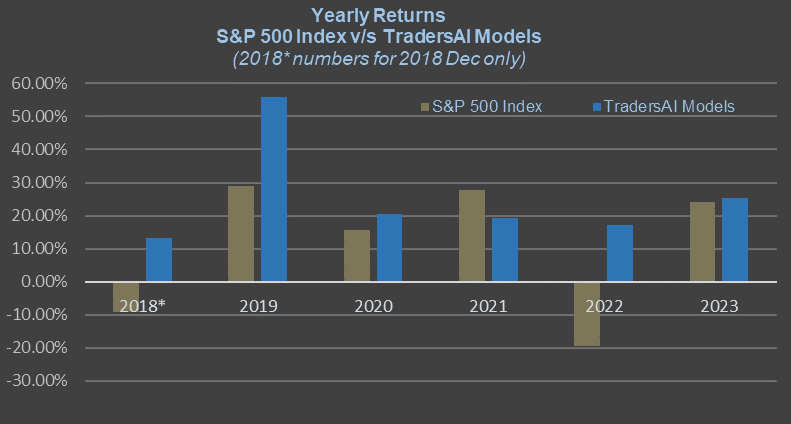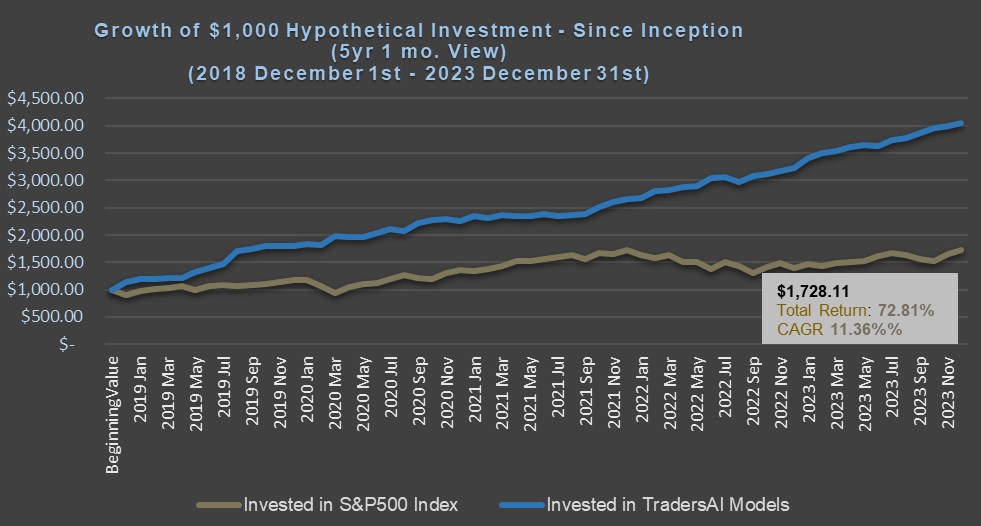
Yield Curve and Options Expiration – to Exasperate Frustrated Investors/Traders
Traditional investors and traders in this market would be frustrated with continued influence of exogenous factors seemingly driving the financial markets wild. Yes, the Finance 101 course you took or even the Efficient Markets Hypothesis your professor (and, most everyone in the Investment Advisory business) seemed/seem to extol and hold as sacred don’t seem to really make sense in this market anymore.
If you find yourself in the above predicament, at least know that you are not alone. The textbook theories assume that the market participants are rational (and, their actions would not be driven by emotions such as fear and greed), and implicitly assume that there is a sound and principled industry, regulation, and governance balancing and canceling out any irrational forces. Which is what, exactly, we lack these days!
The markets for today may continue the yo-yo of the last few days, mainly driven by yield curve headlines, trade war jitters, and market micro structure. As we stated earlier this week, tread (and, trade) carefully, leaving enough room for sudden/sustained spikes in either direction with apparently no news to support or explain such moves. Read below for our models’ trading plans for the day.
Trading Plans for FRI, 08/16:
NOTE: The index by itself is NOT tradable. The model plans here based on the S&P index level can be used to trade any instrument that tracks the index – the futures on the index (ES, ES-mini), the options on the futures (ES options), the SPX options, the ETF SPY are just a few examples of the instruments one can adapt these plans to.
Your results of implementing the following trading plans depend upon the time frame you choose to trade in (tick-chart, 1-min, 5-min, 15-min etc), the exact stop levels you use, the quality of the execution of your broker, the funding levels and margin levels of your account, your trading style and risk tolerance, and many other such factors.
These plans are NOT an investment advice to buy or sell any specific securities but are intended to aid – as informational, educational, and research tools – in arriving at your own investment/trading decisions. Always consult a Financial Advisor before making your investment/trading decisions if you are not sophisticated about these markets.
Medium-Frequency Models: For today, our medium-frequency models indicate carrying the open long from yesterday (opened at 2835, and with a 9-point trailing stop anchored at 2846 overnight) until it gets closed out.
Once closed out, the models indicate going long on a break above 2873 and going short on a break below 2838, both sides with a 10-point trailing stop.
Note: For the trades to trigger, the breaks should occur during the regular session hours starting at 9:30am ET. By design, these models do NOT open any new positions after 3:45pm. Only one open position at any given time.
Aggressive Intraday Models: For today, our aggressive intraday models indicate going long on a break above 2881 or 2868 or 2856 – all with a 7-point trailing stop; and, going short on a break below 2862 or 2852 or 2842 with a 7-point trailing stop.
Note: For the trades to trigger, the breaks should occur during regular session hours starting at 9:30am ET. Due to the intraday nature of these aggressive models, they indicate closing any open trades at 3:55pm and remaining flat into the session close. No opening of new positions after 3:45pm. Only one open position at any given time.
NOTE: Remember that a “trailing stop” works differently from the traditional stop-loss order. Please bear in mind that the trailing stop’s trigger level would keep changing throughout the session (click here to read on the conceptual workings of a trailing-stop).
IMPORTANT RISK DISCLOSURES AND NOTICES – READ CAREFULLY:
(i) This article contains personal opinions of the author and is NOT representative of any organization(s) he may be affiliated with. This article is solely intended for informational and educational purposes only. It is NOT any specific advice or recommendation or solicitation to purchase or sell or cause any transaction in any specific investment instruments at any specific price levels, but it is a generic analysis of the instruments mentioned.
(ii) Do NOT make your financial investment or trading decisions based on this article; anyone doing so shall do so solely at their own risk. The author will NOT be responsible for any losses or loss of potential gains arising from any investments/trades made based on the opinions, forecasts or other information contained in this article.
(iii) Risk Warning: Investing, trading in S&P 500 Index – spot, futures, or options or in any other synthetic form – or its component stocks carries inherent risk of loss. Trading in leveraged instruments such as futures carries much higher risk of significant losses and you may lose more than you invested in them. Carefully consider your individual financial situation and investment objectives before investing in any financial instruments. If you are not a professional trader, consult a professional investment advisor before making your investment decisions.
(iv) Past performance: This article may contain references to past performance of hypothetical trades or past forecasts, which should NOT be taken as any representation or promise or guarantee of potential future profits. Past performance is not indicative of future performance.
(v) The author makes no representations whatsoever and assumes no responsibility as to the suitability, accuracy, completeness or validity of the information or the forecasts provided.
(vi) All opinions expressed herein are subject to change at any time, without any notice to anyone.




